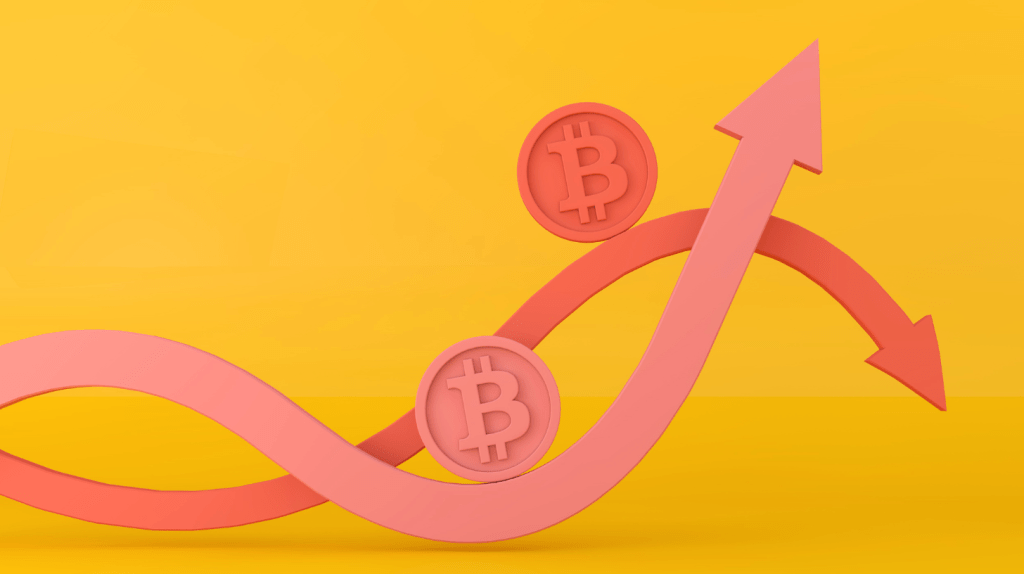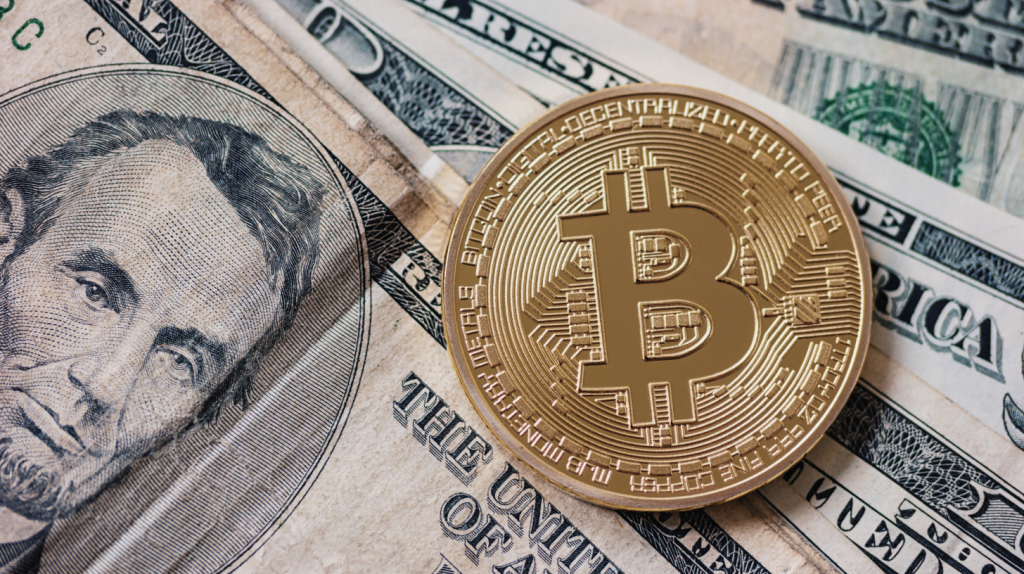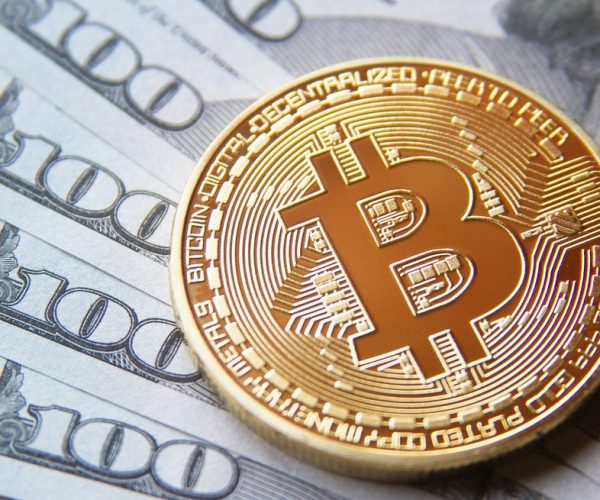Introduction
Cryptocurrency and regular currencies like the dollar have distinct characteristics that set them apart in the digital world of finance. There are several key differences between the two that make cryptocurrency unique.
Key Takeaways:
- Cryptocurrencies can experience rapid changes in value and volatility while the value of a dollar remains relatively stable.
- Cryptocurrencies are decentralized and can be directly transferred between individuals without the need for third-party intermediaries like banks.
- Cryptocurrencies lack government protections, and regulations are still evolving, unlike regular currency protected by agencies like the FDIC.
- Regular currency is controlled by governments and has a fixed supply, while cryptocurrencies have varying supplies, including some with finite amounts.
- Regular currency can be physically held and has a long history of use, while cryptocurrencies exist solely in digital form and are relatively new.
Value and Volatility
One significant difference between cryptocurrency and regular currency like the dollar is the fluctuating value and volatility of cryptocurrencies, while the dollar remains relatively stable. Cryptocurrencies such as Bitcoin, Ethereum, and Litecoin can experience significant price swings in a short period. This volatility is due to factors like market demand, investor sentiment, and speculative trading. For example, in 2017, the value of Bitcoin reached an all-time high of nearly $20,000, but within a year, it had dropped to around $3,000. Such rapid price movements can make cryptocurrencies a risky investment.

On the other hand, the dollar, as a fiat currency, is backed by the government and its value is not subject to the same level of volatility. While inflation and economic factors can affect its value over time, the dollar generally maintains a stable purchasing power, making it a reliable medium of exchange and a store of value. This stability is often preferred by individuals and businesses for financial transactions and long-term investments.
It’s important to note, however, that stability can have its drawbacks. The relatively stable nature of the dollar means that its value may not experience the same rapid growth as cryptocurrencies during bull markets. Additionally, some individuals see the volatility of cryptocurrencies as an opportunity for potential high returns, even though it comes with increased risk.
| Cryptocurrencies | Dollar |
|---|---|
| Experiences significant price swings | Relatively stable value |
| Risky investment due to volatility | Considered a reliable medium of exchange and store of value |
| Potential for high returns | Opportunity for stable and steady growth |
Decentralization
Cryptocurrencies stand out from regular currency like the dollar due to their decentralized nature, allowing for direct transfers without the need for traditional banking intermediaries. This decentralization is one of the key features that sets cryptocurrencies apart from regular currency.
In the world of traditional finance, when you want to transfer money to someone, it usually involves going through a bank or other financial institution. These intermediaries act as the middlemen, overseeing the transaction and ensuring its validity. However, with cryptocurrencies, there is no need for these third-party intermediaries. Instead, transactions are conducted directly between individuals, using a technology called blockchain.

The blockchain is a decentralized ledger that records all transactions made with a particular cryptocurrency. It is maintained by a network of computers, known as nodes, spread across the world. Each node has a copy of the entire blockchain, and they work together to validate and verify transactions. This peer-to-peer network ensures that transactions can be securely and efficiently transferred without the need for banks or other intermediaries.
By eliminating the need for intermediaries, cryptocurrencies offer several advantages. Transactions can be conducted more quickly and at a lower cost. There is also increased privacy and security since personal information is not required for transactions. However, it is important to note that decentralization does come with its own challenges, such as the potential for scams and fraud. Therefore, it is crucial for individuals to educate themselves and take necessary precautions when engaging in cryptocurrency transactions.
| Advantages of Decentralization | Challenges of Decentralization |
|---|---|
|
|
Lack of Government Protection
Unlike regular currency like the dollar, cryptocurrencies lack the government protections provided by agencies such as the FDIC and operate within an evolving regulatory landscape. This absence of comprehensive protection brings both advantages and risks for cryptocurrency users.
One advantage of cryptocurrencies is the freedom they offer from the traditional banking system. Transactions can be carried out directly between individuals without the need for intermediaries like banks. This decentralization empowers individuals to have full control over their funds and eliminates the potential for third-party manipulation or censorship.

However, the lack of government oversight also exposes users to certain risks. Without government guarantees, the safety of funds held in cryptocurrencies is solely dependent on the security measures implemented by users themselves. Cryptocurrency exchanges and wallets can be vulnerable to hacking and other cyber threats, leading to the loss of funds. Additionally, the absence of regulations means that consumers may have limited recourse in cases of fraud or other illegal activities.
| Advantages | Risks |
|---|---|
|
|
“Cryptocurrencies provide a level of financial autonomy that is unattainable with regular currency. However, it’s important for users to understand and mitigate the risks associated with this lack of government protection.” – Crypto expert John Smith
As the popularity and adoption of cryptocurrencies continue to grow, governments around the world are developing regulations to address the unique challenges and opportunities they present. The regulatory landscape for cryptocurrencies is still evolving and can vary significantly between jurisdictions. Some countries have embraced cryptocurrencies and created frameworks to protect consumers and promote innovation, while others have imposed stricter regulations or even banned their use altogether.
It is crucial for cryptocurrency users to stay informed about the legal and regulatory developments in their respective countries. By staying up-to-date with the evolving landscape and being proactive in implementing strong security measures, individuals can navigate the lack of government protection in cryptocurrencies and make informed decisions about their financial transactions in the digital world.
Finite Supply and Government Control
While regular currency like the dollar is controlled by governments, cryptocurrencies differ by having varying supplies, with some cryptocurrencies having a finite amount. This distinction has significant implications for their value and the level of control exerted over them.
Regular currency, such as the dollar, is subject to government control and regulation. Central banks have the authority to issue and manage the supply of regular currency, ensuring stability and facilitating economic transactions. In contrast, cryptocurrencies operate on decentralized networks, where the supply is determined by mathematical algorithms and consensus mechanisms. Some cryptocurrencies, like Bitcoin, have a finite supply, meaning that only a fixed number of coins can ever exist. This limited supply can contribute to their perceived value, as scarcity often drives demand.

To further understand the difference in supply dynamics, consider the example of Bitcoin. The total supply of Bitcoin is capped at 21 million coins, with new coins being gradually introduced into circulation through a process called mining. This fixed supply contrasts with regular currencies that can be subject to inflation and fluctuations in value due to changes in monetary policy or economic conditions.
Impact on Value and Investment
The finite supply of certain cryptocurrencies, combined with their decentralized nature, has made them an attractive investment option for some. Investors see the potential for increased value over time as the supply becomes increasingly limited, akin to the scarcity-driven value of precious metals like gold. However, it is important to note that the value of cryptocurrencies can be highly volatile, subject to market speculation and sentiment.
Cryptocurrencies with finite supplies have garnered attention due to the potential for scarcity-driven price appreciation. This has led to investment strategies and debates around their long-term value as a digital asset class. Since the supply cannot be manipulated by governments or central banks, these cryptocurrencies offer an alternative store of value, independent of traditional financial systems.
As the cryptocurrency market continues to evolve, it is crucial for investors to understand the differences between regular currency and cryptocurrencies in terms of supply dynamics and government control. These factors can significantly influence the value, volatility, and long-term potential of cryptocurrencies as digital assets.
Physical vs Digital: The Difference Between Regular Currency and Cryptocurrencies
Regular currency like the dollar has the advantage of being physical and has been a widely accepted form of money for centuries, while cryptocurrencies are a relatively new digital asset. This fundamental difference between the two forms of currency has significant implications for how they are used and perceived in the financial world.

One key distinction is that regular currency can be physically held and exchanged in the form of cash. You can feel it in your hands, count it, and use it for everyday transactions. In contrast, cryptocurrencies exist solely in digital form and are managed using blockchain technology. They are stored in secure digital wallets and transferred electronically. The fact that cryptocurrencies are not tangible can be both a limitation and an advantage, as it offers increased convenience and accessibility in the digital age.
Another major difference is that regular currency is backed by governments and protected by government agencies like the FDIC. This provides a sense of security and ensures that funds are insured and safeguarded. Cryptocurrencies, on the other hand, do not have the same level of government protection. While there are efforts to regulate the use of cryptocurrencies, the regulatory landscape is still evolving and can vary between different countries and jurisdictions. This lack of government control and protection is one of the factors that contribute to the inherent volatility and risk associated with cryptocurrencies.
| Currency Type | Physical or Digital | Government Protection |
|---|---|---|
| Regular Currency | Physical | Backed by government and protected |
| Cryptocurrencies | Digital | No government backing or protection |
Furthermore, regular currency is subject to government control and regulation. Central banks have the authority to manage the money supply, which can influence inflation rates and economic stability. Cryptocurrencies, on the other hand, have varying supplies and are not controlled by any centralized authority. Some cryptocurrencies, like Bitcoin, have a finite supply, which adds to their scarcity and potential value. The decentralized nature of cryptocurrencies also means that they can be transferred directly between individuals without the need for intermediaries like banks.
In summary, the differences between regular currency and cryptocurrencies are rooted in their physical vs digital nature, government backing and protection, and the control of the money supply. While regular currency has a long history, physical presence, and government support, cryptocurrencies offer the advantages of increased accessibility and independence. Understanding these differences is crucial for navigating the evolving landscape of finance in the digital world.
Conclusion
In conclusion, cryptocurrency and regular currency like the dollar exhibit significant differences, with cryptocurrencies being digital currencies that operate on blockchain technology, offering decentralization, volatility, and a lack of government protections, while regular currency remains physical and regulated by central banks.
One key distinction between cryptocurrency and regular currency is the value and volatility. Cryptocurrencies can experience rapid changes in value, making them highly volatile, whereas the value of a dollar remains relatively stable.
Another difference is the decentralization of cryptocurrencies. Unlike regular currency transactions that require third-party intermediaries like banks, cryptocurrencies can be directly transferred between individuals without the need for any middleman.
Moreover, regular currency enjoys government protections, such as deposit insurance provided by agencies like the FDIC. However, cryptocurrencies lack these protections and regulations for them are still evolving and can vary by location.
Additionally, the supply of regular currency is controlled by governments, whereas cryptocurrencies have varying supplies. Some cryptocurrencies have finite amounts, which adds to their perceived value and scarcity.
Lastly, while regular currency can be physically held and has a long history of use, cryptocurrencies exist solely in digital form and are a relatively new concept in the world of finance.
In summary, cryptocurrency and regular currency like the dollar differ significantly in terms of their digital nature, decentralization, volatility, government protections, supply control, and physicality. Understanding these differences is crucial for navigating the evolving landscape of digital currencies.
FAQ
Q: What makes cryptocurrency different from regular currency like the dollar?
A: Cryptocurrency differs from regular currency in several ways. Firstly, the value and volatility of cryptocurrencies can change rapidly, while a dollar remains relatively stable. Secondly, cryptocurrencies are decentralized and do not require third-party intermediaries like banks. They can be directly transferred between individuals. Thirdly, while regular currency is protected by government agencies like the FDIC, cryptocurrencies do not have any such protections. Additionally, regulations for cryptocurrencies are still evolving and can vary by location. Governments control the supply of regular currency, but cryptocurrencies have varying supplies, with some having finite amounts. Finally, regular currency can be physically held and has been in use for centuries, while cryptocurrencies are digital and relatively new.
Q: How does the value and volatility of cryptocurrencies differ from the dollar?
A: Unlike the dollar, which remains relatively stable in value, cryptocurrencies can experience rapid changes in value and high volatility. This means that the price of a cryptocurrency can fluctuate significantly within short periods of time, making it a more risky and unpredictable form of currency compared to the dollar.
Q: What is the significance of decentralization in cryptocurrencies?
A: Cryptocurrencies are decentralized, meaning that they do not rely on third-party intermediaries like banks for transactions. Instead, they can be directly transferred between individuals through a peer-to-peer network. This eliminates the need for traditional financial institutions and allows for more efficient and secure transactions.
Q: Are cryptocurrencies protected by government agencies like the FDIC?
A: No, cryptocurrencies do not have the same level of government protection as regular currency. While the FDIC (Federal Deposit Insurance Corporation) provides insurance for deposits in banks, cryptocurrencies do not have any such protections. Additionally, regulations for cryptocurrencies are still evolving and can vary by location, further limiting the level of protection and oversight.
Q: How does the supply of cryptocurrencies differ from that of regular currency?
A: Regular currency, such as the dollar, is controlled and regulated by governments, who can increase or decrease the supply as needed. On the other hand, cryptocurrencies have varying supplies, with some having finite amounts. This means that the supply of cryptocurrencies is not controlled by any central authority and is predetermined by the underlying technology.
Q: What is the difference between regular currency and cryptocurrencies in terms of physicality?
A: Regular currency, like the dollar, can be physically held and has been in use for centuries. It exists in the form of physical coins and paper bills. On the other hand, cryptocurrencies are purely digital and exist only in the digital world. They are stored in digital wallets and can be accessed through computers or smartphones.
